Thank you to the shoppers at Tesco, Cullompton
Local people serving our community
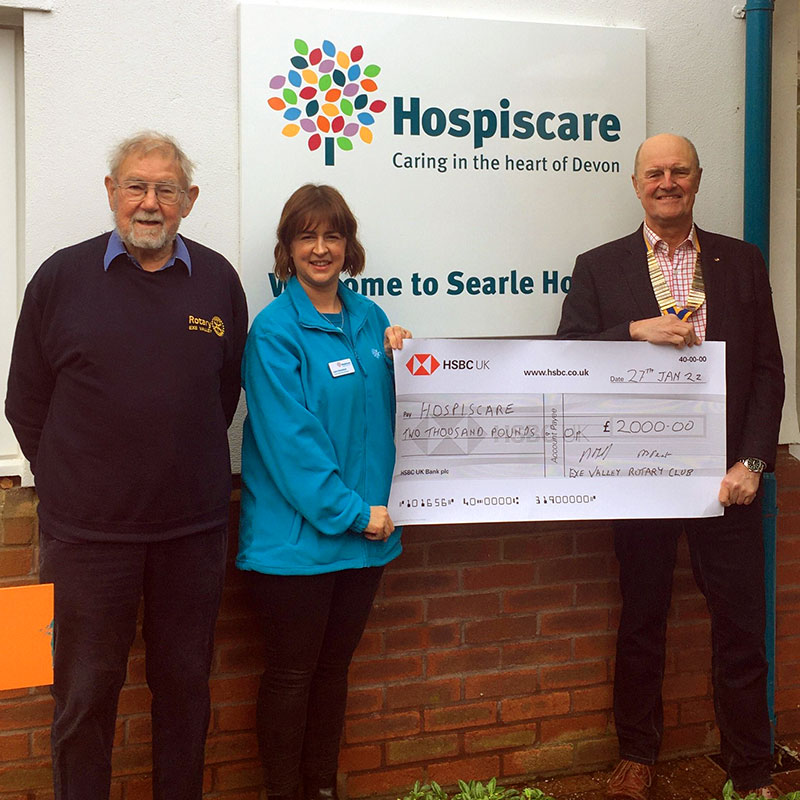
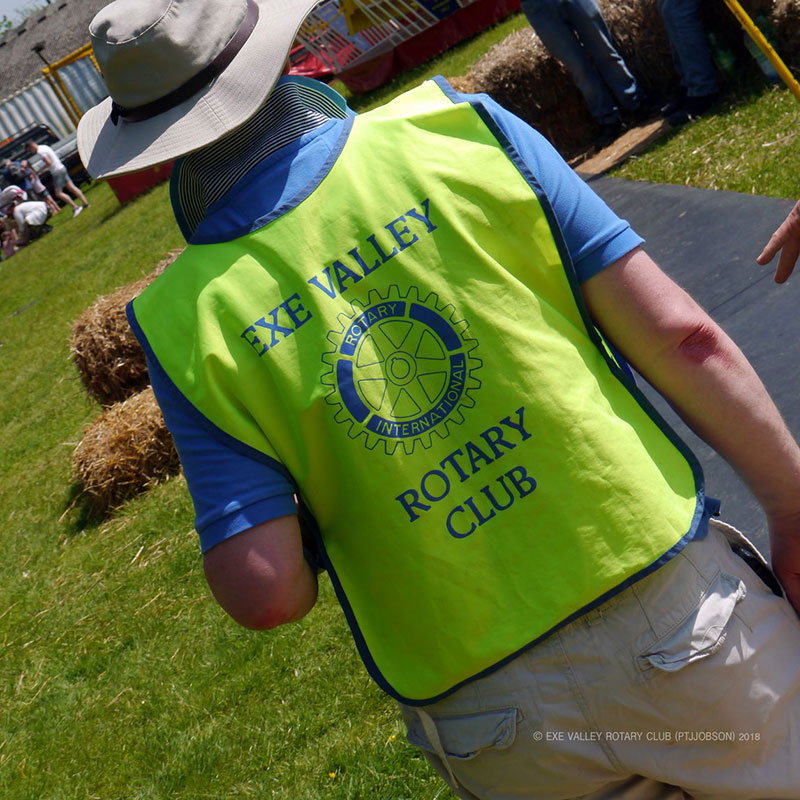
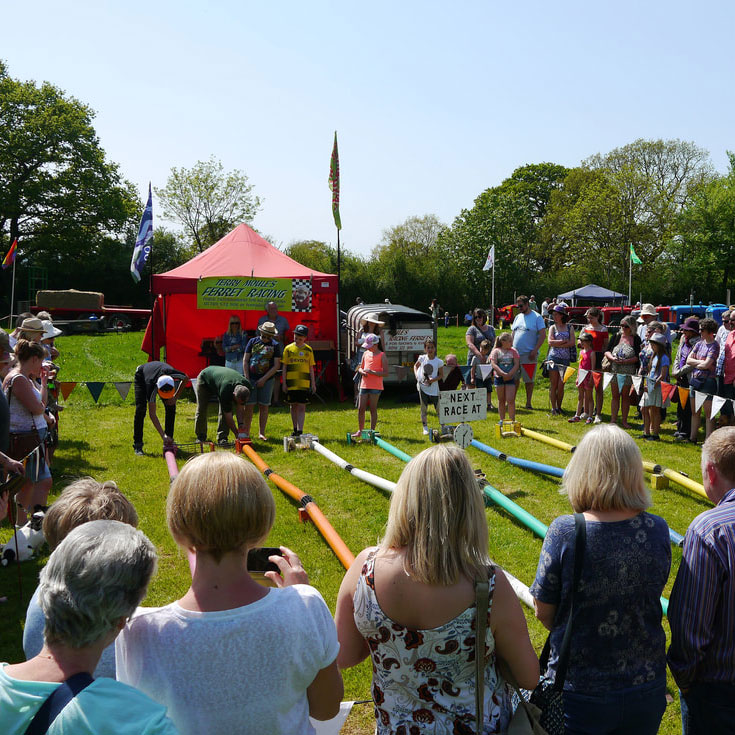
Exe Valley Rotary are a group of people who come together to serve their local community and support the global aims of Rotary International. We are drawn from many backgrounds and professions and meet regularly for fellowship.
Membership of Exe Valley Rotary is relevant to our local community, enjoyable and interesting. Our activities rotate around fundraising for charities and when possible offering practical help with community events. We are always keen to welcome prospective new members, so to find out more about Exe Valley Rotary or Rotary in general or joining us at a meeting as a guest, then just email us. You will always be welcome.
Join us on Sunday 26th March 2023.

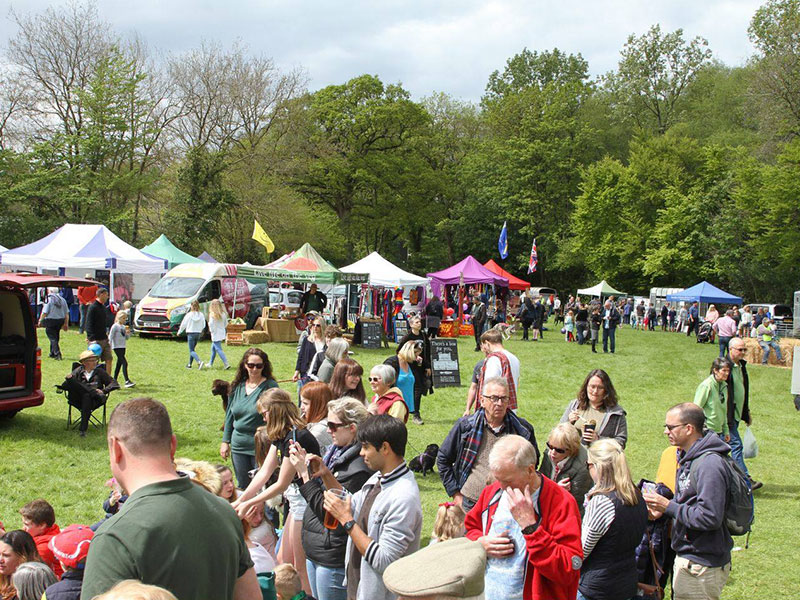


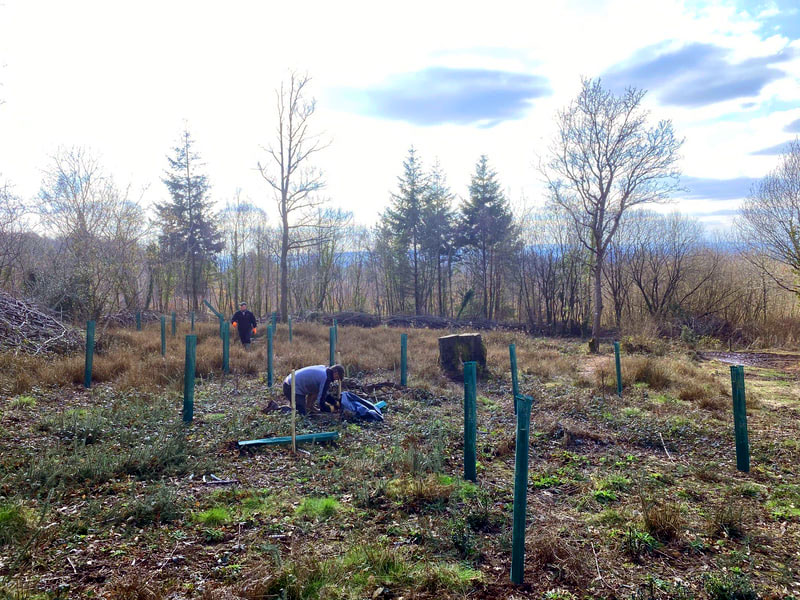
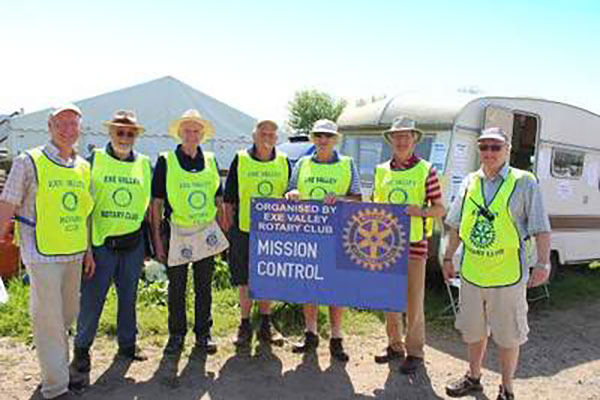
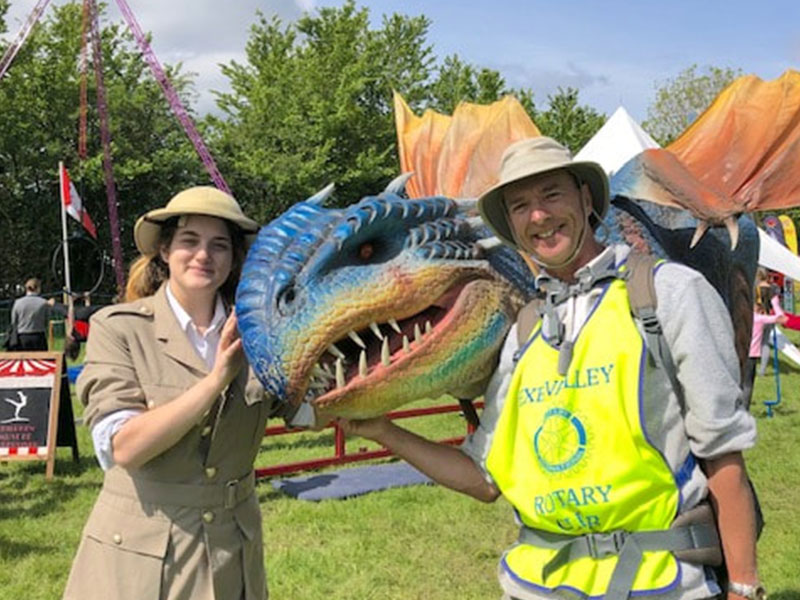
We are always keen to welcome more members and volunteers to join us. You are welcome to come along to one of our meetings or events to find out what it is all about.
If you are interested just drop us an email at exevalleyrotary@gmail.com and someone will contact you.
The Rotary Club of Exe Valley Foundation trust is a registered charity 1021020